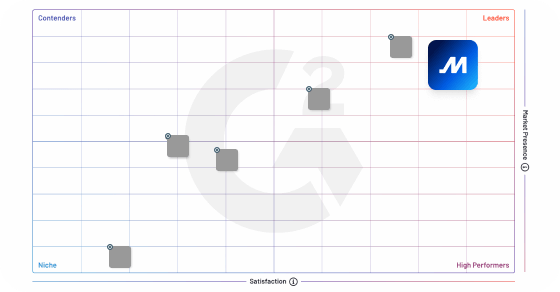The hazardous materials regulations (HMR) are a set of rules and guidelines established by the United States Department of Transportation (DOT) that govern the transportation of hazardous materials by trucking, air, rail, and vessel carriers. The HMR are designed to ensure the safe transportation of hazardous materials by providing regulations for packaging, labeling, and handling of these materials during transit.
The HMR apply to all companies and individuals who transport hazardous materials, including trucking companies, drivers, and shippers. The regulations define hazardous materials as any substance or material that poses a threat to public safety, health, or the environment during transportation. This includes materials such as explosives, gases, flammable liquids, radioactive materials, and toxic substances.
Under the HMR, trucking companies and drivers must comply with strict packaging and labeling requirements for hazardous materials. This includes using approved packaging and labeling materials that meet specific standards set by the DOT. Additionally, drivers must be trained to handle hazardous materials and must follow specific procedures for loading and unloading these materials.
Non-compliance with the HMR can result in serious consequences for trucking companies, including fines, penalties, and even criminal charges. It is essential that all companies and individuals who transport hazardous materials understand and comply with the HMR to ensure the safety of the public and the environment.
Frequently Asked Questions
What is the HMR hazardous materials regulations?
The HMR, or Hazardous Materials Regulations, are a set of rules and guidelines established by the United States Department of Transportation (DOT) to ensure the safe transportation of hazardous materials. These regulations cover various aspects such as packaging, labeling, placarding, shipping documents, training requirements, and emergency response procedures. The HMR aims to protect public health and safety, prevent accidents, and mitigate the risks associated with the transportation of hazardous materials.
What three things are required for HMR packaging requirements?
HMR (hazardous materials regulations) packaging requirements typically include three key elements: proper containment, labeling, and documentation. Containment involves using suitable packaging materials and methods to prevent leaks or spills during transportation. Labeling involves clearly marking the package with appropriate hazard warnings, identification, and handling instructions. Documentation includes providing accurate and complete shipping papers and records to ensure compliance with regulations and facilitate proper handling and emergency response in case of incidents.
What is 49 CFR 171.8 hazardous materials?
49 CFR 171.8 defines hazardous materials as any substance or material capable of posing an unreasonable risk to health, safety, or property when transported in commerce. This includes explosives, gases, flammable and combustible liquids, corrosive substances, and radioactive materials. The regulation provides guidelines for identifying, classifying, packaging, labeling, and transporting hazardous materials to ensure public safety during transportation.
Does HMR apply to anyone who ships handles or transports a hazardous material?
Yes, the Hazardous Materials Regulations (HMR) apply to anyone who ships, handles, or transports hazardous materials. These regulations are put in place to ensure the safe transportation of hazardous materials by air, sea, rail, or road. Failure to comply with the HMR can result in fines and penalties, and even pose a threat to public safety. It is important to remain aware of these regulations and follow them accordingly.



